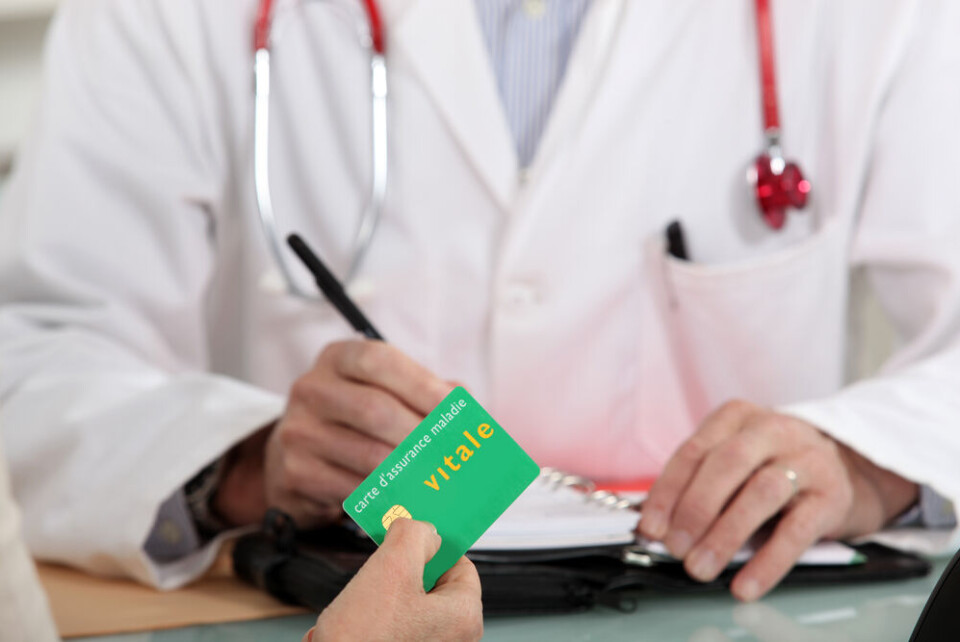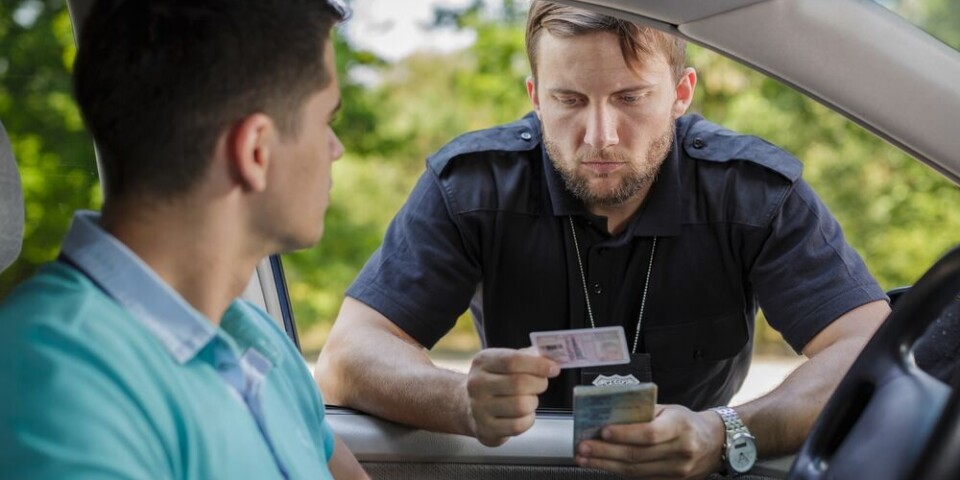-
Is health insurance required to return to visit UK from France?
Certain health access remains free at the point of use for all
-
French home energy bills to rise in 2026
Household electricity and gas bills will increase by around €50 per year
-
Social charges on UK government pensions: France residents report progress
Issue now drawing attention at the highest levels
Eight facts to understand France’s issue of ‘medical deserts’
A lack of GPs and other healthcare specialists in many – mainly rural – areas of France is a key point in this year’s presidential election

France’s so-called ‘medical deserts' - areas where it is difficult for patients to receive healthcare due to a lack of GPs and other medical professionals - is one of the key issues of this year’s presidential campaign.
Both Emmanuel Macron and Marine Le Pen, who face each other in the second round of the election on Sunday (April 24), have made eradicating these areas a key point of their programmes.
Mr Macron promises, if re-elected, to organise a conference on the topic gathering together doctors, citizens and officials. He also wants several thousand more medical assistants, with around 3,000 new positions already filled.
Ms Le Pen wants to increase the salary of doctors who choose to set up in areas lacking medical facilities.
Both candidates have also spoken of expanding online medical consultation services.
Read more:Getting a specialist health consultation is now easier in France
Read more:Macron - Le Pen: What do they each pledge to change if elected?
Here we look at eight stats that put in context the country’s issue with medical deserts.
1. Around 70% of communes in France have fewer than two GPs for every 10,000 people, data shows, based on figures from 2019 provided by and .
In the map below, the dark areas are those that have more GPs per person, and the lightly shaded areas have fewer GPs per person.
2. Despite the above fact, due to a number of communes in France having a lot of GPs, the average number of doctors for every 1,000 patients is 3.36.
There are also 11.07 nurses for every 1,000 patients, the latest data from 2019, collected by the Organisation for Economic Co-operation and Development (OECD) .
This is more than the UK, which in 2020 reported 3.03 GPs and 8.45 nurses per 1,000 patients, and the US, which reported 2.64 GPs (2019) and 11.79 nurses (2020) per 1,000 patients.
3. Residents of almost 8,000 communes - 20% of all French communes - have to travel on average at least 30 minutes to reach the nearest emergency services, the latest .
4. Around 75% of the 1.7 million people in France who have the worst access to medical care live in rural areas, .
5. Despite issues with access to medical care being a mainly rural problem, some urban areas in Ile-de-France, such as in parts of Seine-Saint-Denis and Seine-et-Marne, are among the areas with the worst access to healthcare, .
6. More than half of the GPs operating in rural areas are over 55 years old, the Association Des Maires Ruraux De France . It shows that younger doctors tend to live and work in cities.
7. Around 5.4 million people in France do not have a registered GP, . Around half of these are young people in good health.
8. Around 44% of GPs in France refuse new patients, with 71% of them declaring that they already have too many, a study from consumer group .
Related articles
EU, health: How have Macron and Le Pen’s policies changed since 2017?
New digital space rolled out in France to better manage health data
Health cabins: virtual GP visits becoming more popular in France























